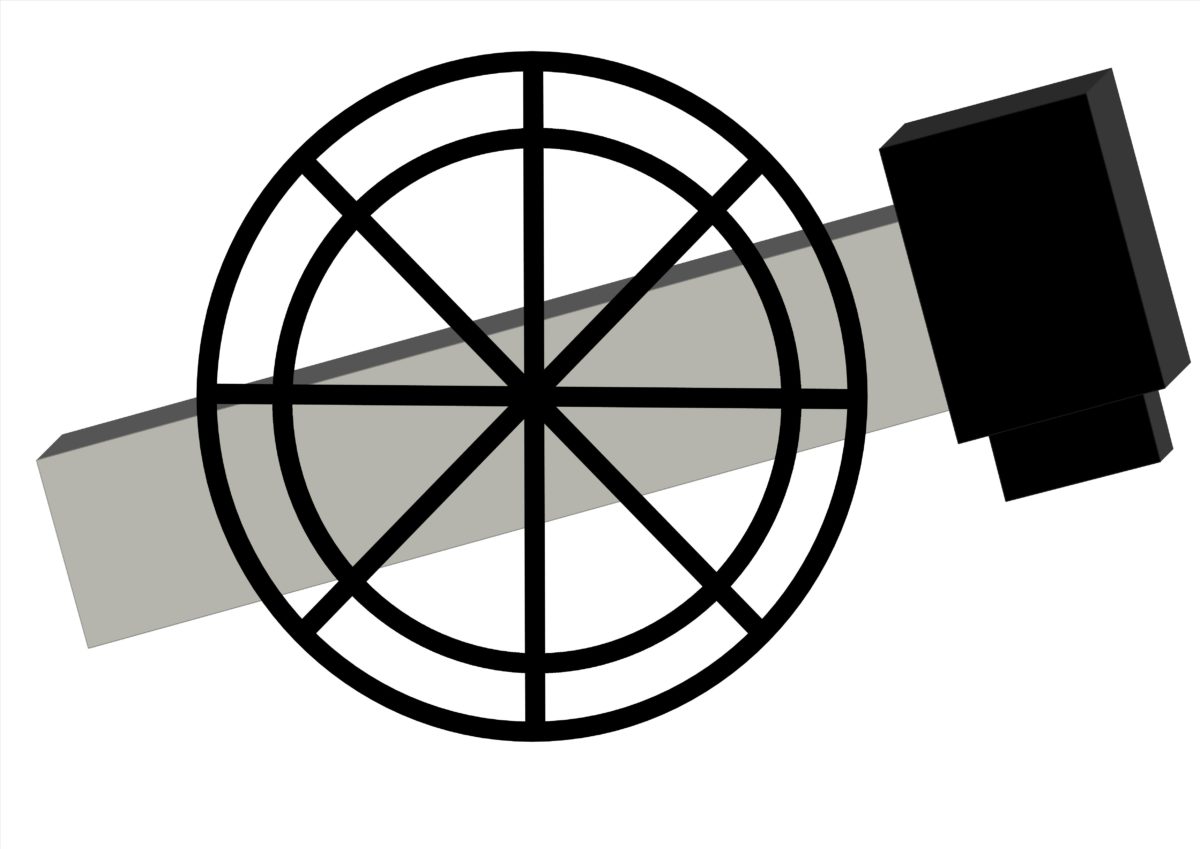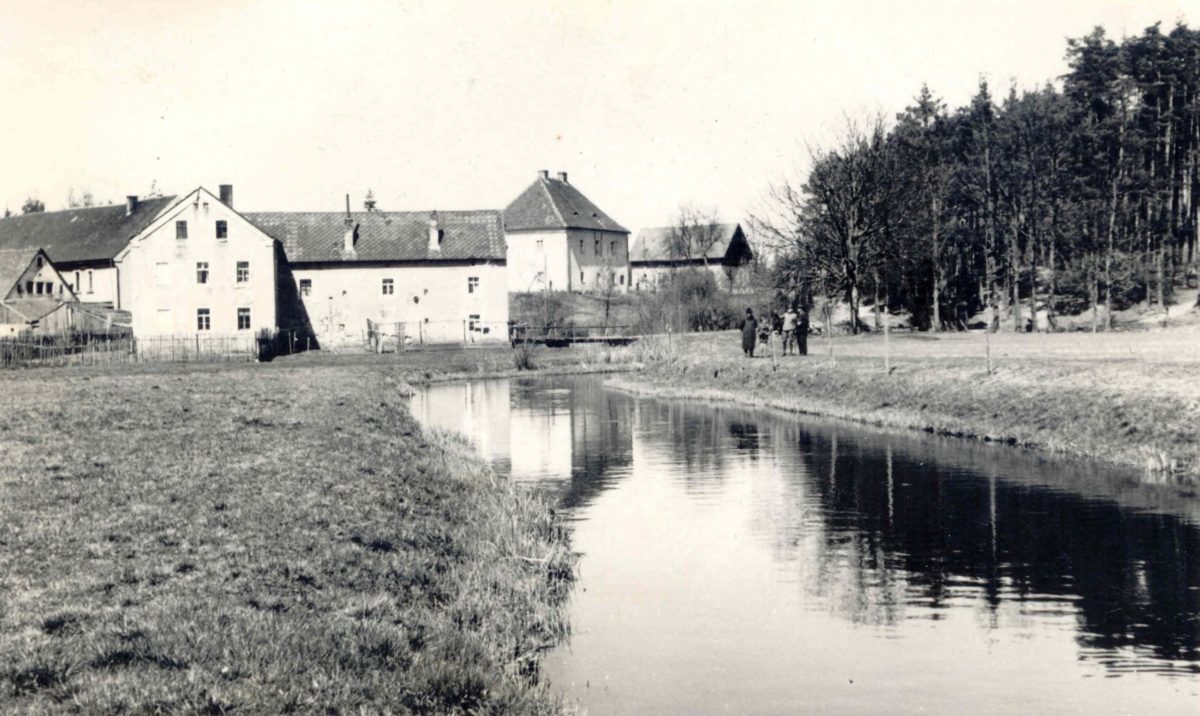Grub
History with ups and downs
A hammer in Grub is first mentioned in 1270 with the hammer of Hütten. Like Hütten, Grub lies on the Haidenaab River and also belonged to the castle of Parkstein. It later became a landed estate. It was a sheet hammer, which had many changes of ownership. Among others, several generations of the Plecher family, have been recorded since 1440. In the middle of the 16th century Hieronymus Mendel acquired the hammers Grub and Hammergmünd from the hammer mill Steinfels. Only a few years later in 1563, the hammer was closed down under the Löneiß family due to unprofitability and the slackness of the iron industry, and the estate was used only for agricultural purposes.
In the slumber
After the Thirty Years‘ War (1618-1648) the estate was completely uncultivated and desolate. It was therefore auctioned off by the Parkstein District Court in 1664 and, after several changes of ownership, came into the possession of the von Weveld family of Steinfels hammercastle at the end of the 17th century. A previous buyer had already tried to convert the dilapidated sheet hammer into an iron hammer. However, permission was not granted because there were already too many such operations. Von Wevelds therefore managed the rebuilt mill and a new glass polishing plant for the time being. In 1714, the manor house that still exists today was built after the old one burned down. The year of construction can be seen in the lintel of the building.
New tasks and a separation
Von Wevelds applied for permission in 1751 to renew the old mill and the old glass loop and to build a polishing mill instead of the old sheet hammer. From then on the water power of the Haidenaab drove a mill, a saw gate, the glass loop and polishers, a blacksmith’s store and later also a threshing and fodder cutting machine and a linseed masher. In 1777 a lightning strike burned down all the farm buildings. The farm was no longer profitable and the grinding and polishing mill was sold. A separate history of the estate and the factory began. In 1820, innkeeper Anton Prößl from Hütten acquired the glassworks, his son enlarged it and built workers‘ housing on the outskirts of Hütten. In 1870, the Bach mirror factory from Fürth took over the business for fifty years, followed in 1920 by the merchant Schärtel von Mansel for one year. Finally, the Schlör family, who lived in Hütten and had been landowners of Grub since 1839, also bought the polishing plant, the estate and the glass factory. After about a hundred years, the estate and factory are once again in the hands of one owner. However, already one year later in 1922, glass is no longer polished and glass is cut only until 1931.
Place of energy production
Since places on the Haidenaab have always been threatened by floods, Josef Schlör has the Haidenaab regulated in 1926/27 so that the water power for Hütten had been extinguished. In Grub, however, the energy of the Haidenaab is still used for power generation today.
After several generations of the Schlör family, in 1957 Eduard Wittmann takes over as owner of the entire operation including power plant and saw. The manor house is renovated at the beginning of the 1960s and a new branch of industry is started with the extraction and refinement of gravel. Interested in landscape architecture, Wittmann creates Gruber Lake with partly artificial islands.
Cultural monument
In Grub, near the manor house, there is a 15th-century Passion column that is very similar to the column in Grafenwoehr.
Postcard of Grub, early 20th century
© Archive Culture and Military Museum Grafenwoehr
 cycle trail ‚hammer mills & mills‘
cycle trail ‚hammer mills & mills‘